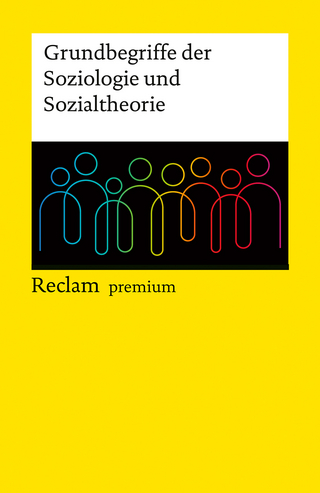
Deviant Design
The Ad Hoc, the Illicit, the Controversial
Seiten
2022
Bloomsbury Visual Arts (Verlag)
978-1-350-03533-1 (ISBN)
Bloomsbury Visual Arts (Verlag)
978-1-350-03533-1 (ISBN)
Craig Martin addresses the transgressive or deviant aspects of design: design that straddles the divide between the licit and illicit, the legal and illegal, in a variety of ways. Martin argues that design is not necessarily for the social good, but that it is immersed in the social realm in all its contradictions and confusions.
Through a series of case studies he explores a wide range of social practices that employ illicit forms of design thinking, including: early computer hacking and present-day hacker culture in which everyday objects are repurposed and deliberately misused; the cultures of reproduction, counterfeit and pirated versions of classic and luxury designs; and the use of material practices by smugglers to conceal drugs within consumer goods and luggage.
Deviant Design contends that these amateur and illicit practices challenge the normative idea of the professional designer or maker. Rather than being reliant on the services of institutionalized design professionals, the adhocist practitioner displays forms of innovative design knowledge in understanding how artefacts have an inherent potential to be misused or repurposed.
Through a series of case studies he explores a wide range of social practices that employ illicit forms of design thinking, including: early computer hacking and present-day hacker culture in which everyday objects are repurposed and deliberately misused; the cultures of reproduction, counterfeit and pirated versions of classic and luxury designs; and the use of material practices by smugglers to conceal drugs within consumer goods and luggage.
Deviant Design contends that these amateur and illicit practices challenge the normative idea of the professional designer or maker. Rather than being reliant on the services of institutionalized design professionals, the adhocist practitioner displays forms of innovative design knowledge in understanding how artefacts have an inherent potential to be misused or repurposed.
Craig Martin is Reader in Design Studies in the School of Design at the University of Edinburgh, UK, where he teaches on the postgraduate Design for Change programme. He is the author of Deviant Design (Bloomsbury, 2022), Shipping Container (Bloomsbury, 2016) and co-editor, with J. Rugg, of Spatialities (2011).
List of Figures
Acknowledgements
Introduction: Heterodox Design
1. Expanding Design
2. ‘Social Design’ is Not Social Enough
3. Valuing the Deviant and the Illicit
4. Misusing Things
5. Illicit Design
6. Counterfeit Design
Conclusion: The Ethics of Change?
References
Notes
| Erscheinungsdatum | 16.03.2021 |
|---|---|
| Zusatzinfo | 9 bw illus |
| Verlagsort | London |
| Sprache | englisch |
| Maße | 156 x 234 mm |
| Themenwelt | Kunst / Musik / Theater ► Design / Innenarchitektur / Mode |
| Sozialwissenschaften ► Soziologie ► Allgemeines / Lexika | |
| ISBN-10 | 1-350-03533-5 / 1350035335 |
| ISBN-13 | 978-1-350-03533-1 / 9781350035331 |
| Zustand | Neuware |
| Haben Sie eine Frage zum Produkt? |
Mehr entdecken
aus dem Bereich
aus dem Bereich
Buch | Softcover (2024)
Phillip Reclam (Verlag)
12,80 €


